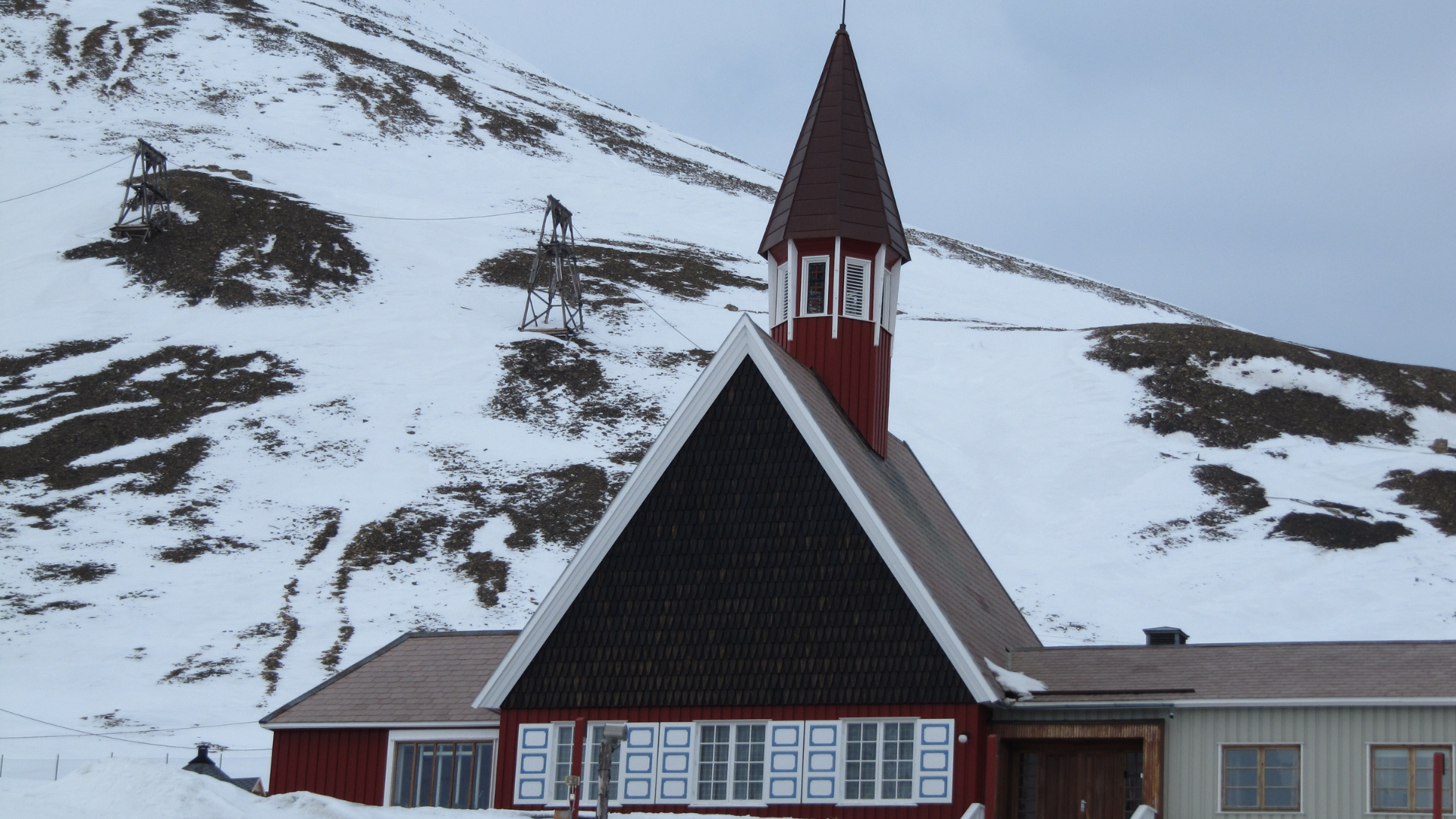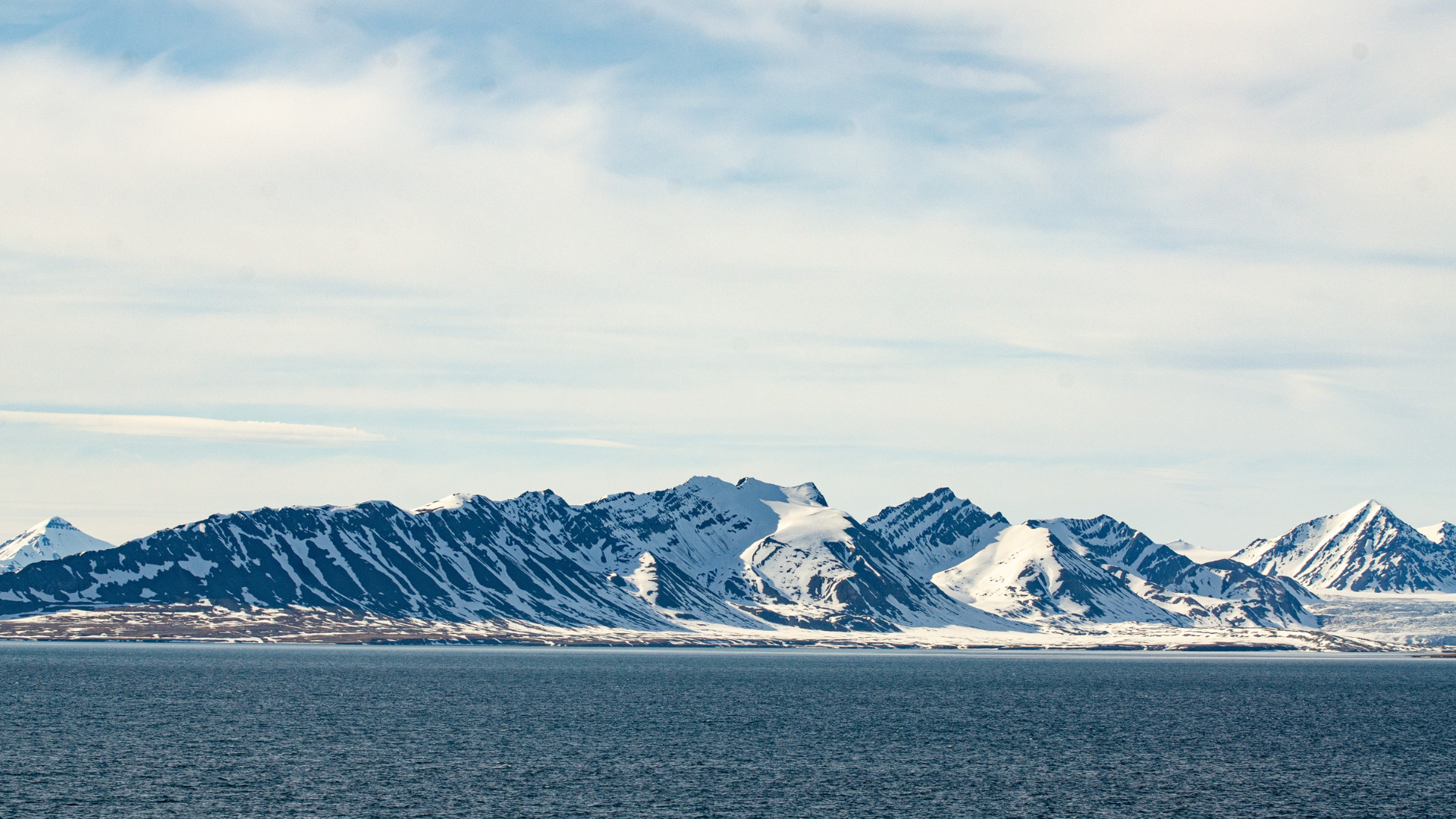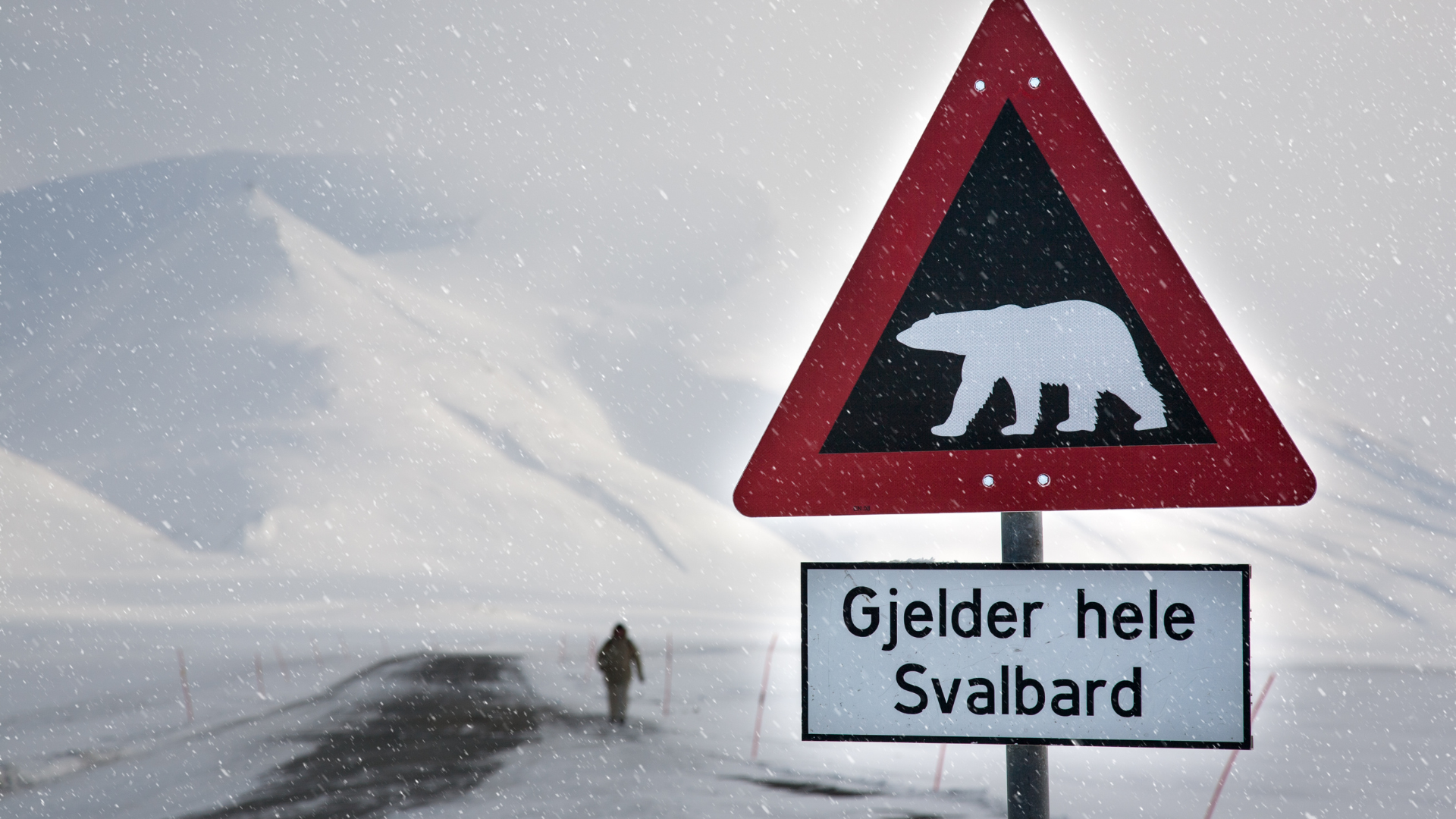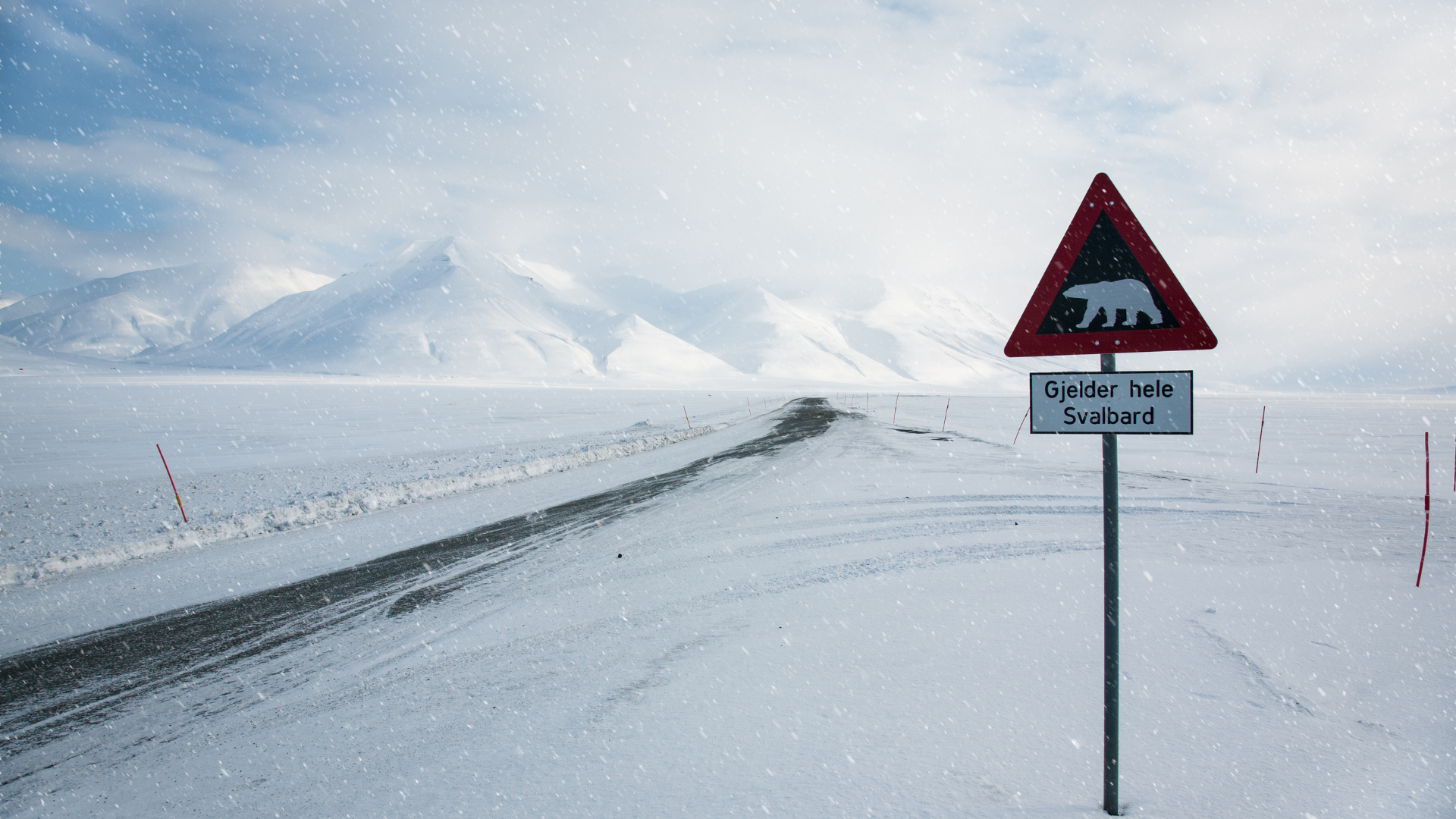Spitsbergen: How to Prepare Accordingly in January
Spitsbergen: How to Prepare Accordingly in January

January in Spitsbergen is a time of extreme conditions and breathtaking beauty. As the heart of the Arctic winter sets in, the landscape is transformed into a pristine, snow-covered wonderland. However, the harsh environment requires careful preparation to ensure a safe and enjoyable visit. The most important aspect of preparation is understanding the weather. January temperatures in Spitsbergen can plummet well below freezing, with the average temperature hovering around -14°C (7°F). Wind chill can make it feel even colder. Visitors must be ready for these frigid conditions and dress in layers, starting with a moisture-wicking base layer, followed by an insulating middle layer, and a windproof and waterproof outer layer.
Proper clothing is just the beginning. January's perpetual darkness, known as the polar night, means that daylight is virtually nonexistent. This can have psychological effects, including feelings of disorientation and fatigue. To combat this, visitors should consider bringing light therapy lamps to help regulate their circadian rhythms and maintain energy levels. Flashlights, headlamps, and extra batteries are essential for navigating the dark, whether exploring the town of Longyearbyen or venturing out into the wilderness. Reflective clothing and gear also enhance safety by making it easier to be seen in low-light conditions.
Traveling in Spitsbergen requires careful planning and awareness of the unique challenges posed by the environment. Snowmobiles are the primary mode of transportation in the winter months, and renting one is a common choice for getting around. However, it's important to have proper training or go with a guide, as navigating the snowy terrain can be tricky and potentially dangerous. The cold can also affect the performance of vehicles, so having backup plans and emergency supplies, such as blankets, food, and a first-aid kit, is crucial.
The wildlife in Spitsbergen is both a highlight and a challenge of visiting in January. Polar bears roam the archipelago, and while sightings are thrilling, safety is paramount. Visitors should always be with a guide who is trained in polar bear safety and equipped with deterrents like flares or rifles. Understanding the behavior of polar bears and maintaining a respectful distance is essential. Additionally, the cold and dark conditions mean that some wildlife may be less active, but species like the Arctic fox and Svalbard reindeer are still often seen.
Accommodations in Spitsbergen range from hotels in Longyearbyen to remote cabins. Booking well in advance is advisable, as the limited number of places can fill up quickly, especially during the peak winter season. Staying in Longyearbyen offers conveniences like access to shops, restaurants, and medical facilities. However, for a more immersive Arctic experience, consider staying in a cabin outside of town, which provides a better chance to see the northern lights and enjoy the serenity of the Arctic wilderness.
Food and drink are important considerations when preparing for a trip to Spitsbergen in January. The cold weather increases calorie needs, so bringing high-energy snacks is a good idea. Longyearbyen has several restaurants and a grocery store, but options can be limited, and prices are high due to the remote location. Visitors should also be mindful of hydration, as the cold can be deceptively dehydrating. Carrying a thermos with hot drinks can help keep warm and hydrated during excursions.
Outdoor activities are the highlight of any trip to Spitsbergen in January, but they require the right gear and preparation. Snowshoeing, ice climbing, and dog sledding are popular activities that offer unique ways to explore the stunning landscape. Each activity comes with its own set of gear requirements and safety considerations, so working with experienced guides and outfitters is recommended. They can provide the necessary equipment and ensure that you have a safe and enjoyable experience in the Arctic conditions.
Understanding and respecting the local culture and regulations is also a key part of preparing for a trip to Spitsbergen. The Svalbard Environmental Protection Act governs activities to ensure the preservation of the natural environment. Visitors should familiarize themselves with these regulations and adhere to them to minimize their impact on this fragile ecosystem. Engaging with the local community and learning about the history and culture of Spitsbergen can also enrich the experience, providing deeper insights into life in this unique part of the world.












